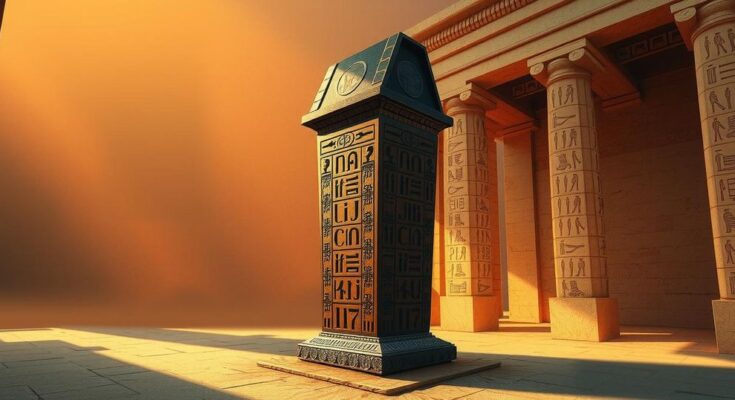A recent study has overturned claims regarding the ‘Mysterious Lady,’ an ancient Egyptian mummy previously believed to be pregnant with cancer. New research reveals that suspected fetal remains were actually embalming materials, and that skull irregularities were due to the mummification process rather than disease. The study emphasizes the complexities of interpreting ancient remains and advocates for broader research inquiries in the field.
A comprehensive study has resolved a longstanding debate surrounding the ancient Egyptian mummy known as the “Mysterious Lady.” Initially believed to be a pregnant woman suffering from cancer, this mummy, discovered in Luxor and stored in Poland since 1826, was found to have been misidentified as a male priest until recent examinations. A new international analysis involving 14 researchers has clarified that the supposed fetus is, in fact, part of the embalming process, and there is no evidence of cancer.
In summary, the recent study concerning the ‘Mysterious Lady’ highlights the necessity for meticulous research in the field of mummy studies. The claims of pregnancy and nasopharyngeal cancer have been debunked, underscoring the importance of accurate interpretation of ancient remains. This case not only corrects previous scientific misunderstandings but also serves as a reminder about the complexities involved in the analysis of mummified bodies. The focus should henceforth shift toward broader inquiries into maternal health and practices in ancient Egypt.
Original Source: indiandefencereview.com




